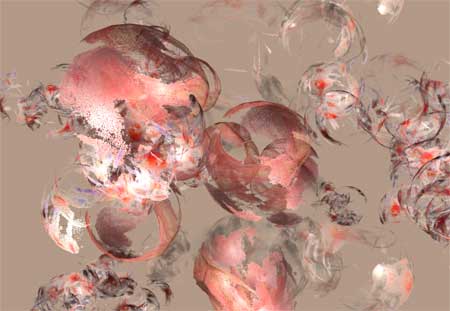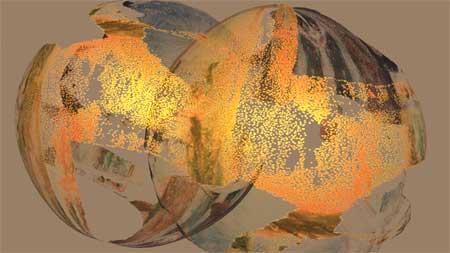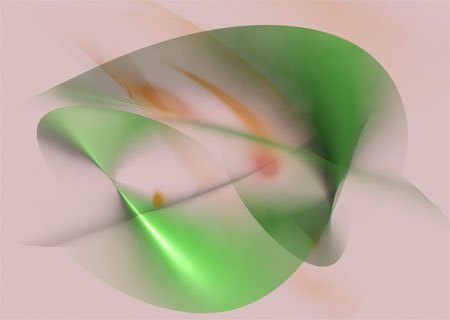
Search Engine Art
For many years I have used the computer as a search engine to uncover art. My software is designed so I can invoke a mode where there is no single solution to a problem. I may ask for 500 variations or pictures of the same idea. I set the initial conditions or rules. The spatial relationships and orientation between individual parts change within every picture. Color relationships can also change. Most of the results are very bad but some reveal solutions I ordinarily would not think of. It’s like sorting through a junk pile searching for art. Afterwords, I pick out a small number eventually selecting one. Sometimes I make a few
minor adjustments.
I tried artificial intelligence approaches to creativity which never worked for me. There is too much of an emphasis on linear logic and predictability. Besides in the final analysis I really won’t know what makes something art. It’s still very illusive and a mystery. I may as well play and have some fun.




